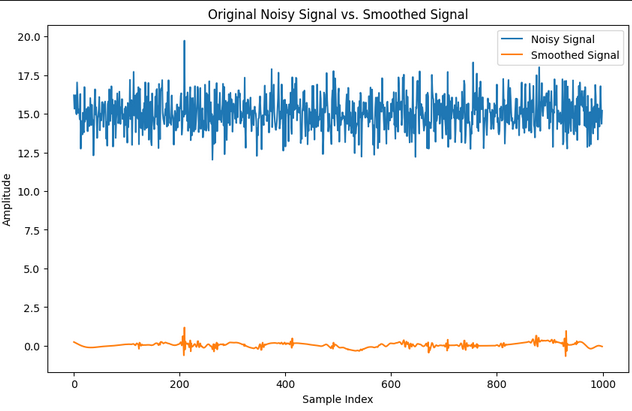The Importance of Biosignal Processing

Biosignal processing plays a pivotal role in extracting meaningful information from complex physiological signals acquired from the human body. These signals, often generated by various organs and tissues, carry essential insights into our health and well-being. The field of biosignal processing involves the application of various techniques to denoise, extract features, and analyze these signals, enabling clinicians and researchers to gain valuable insights into various medical conditions. Biosignal processing is particularly crucial in the realm of medical diagnosis, monitoring, and research, as it empowers healthcare professionals to make informed decisions and advancements in the understanding of human physiology.
One significant application of biosignal processing lies in the analysis of physiological signals such as electrocardiograms (ECGs), electroencephalograms (EEGs), and electromyograms (EMGs). These signals often contain noise and artifacts that can obscure critical information. Through techniques like wavelet decomposition, as seen in the provided code snippet, unwanted noise can be effectively removed, enhancing the accuracy of subsequent analyses. Moreover, biosignal processing enables the extraction of features that aid in diagnosing various conditions. For instance, irregularities in an ECG signal can indicate cardiac arrhythmias, and specific patterns in EEG signals can help identify neurological disorders.
In the context of the provided code snippet, the process of decomposing, thresholding, and reconstructing biosignals from the noisy ECG or other signals exemplifies the essence of biosignal processing. The code snippet employs the PyWavelets library to apply the Daubechies 8 wavelet for decomposition, followed by thresholding to remove noise, and finally, signal reconstruction. This type of preprocessing is invaluable in enhancing the quality of signals, which can lead to more accurate analysis and interpretation. Here is some code that illustrates how we can preprocess the signals:
import numpy as np
import pywt
# Generate a random noisy signal
np.random.seed(42)
signal_length = 1000
random_signal = np.random.randn(signal_length)
noisy_signal = random_signal + 0.5 * np.random.randn(signal_length) # Adding Gaussian noise
# Preprocessing using wavelet decomposition and thresholding
coeffs = pywt.wavedec(noisy_signal, 'db8', level=6)
threshold = 0.8
coeffs[1:] = [pywt.threshold(c, threshold * max(c)) for c in coeffs[1:]]
smoothed_signal = pywt.waverec(coeffs, 'db8')
# Display the original noisy signal and the preprocessed smoothed signal
import matplotlib.pyplot as plt
plt.figure(figsize=(10, 6))
plt.plot(noisy_signal +15, label='Noisy Signal')
plt.plot(smoothed_signal, label='Smoothed Signal')
plt.legend()
plt.title('Original Noisy Signal vs. Smoothed Signal')
plt.xlabel('Sample Index')
plt.ylabel('Amplitude')
plt.show()
You can learn more at the UH Micromouse News Announcement.